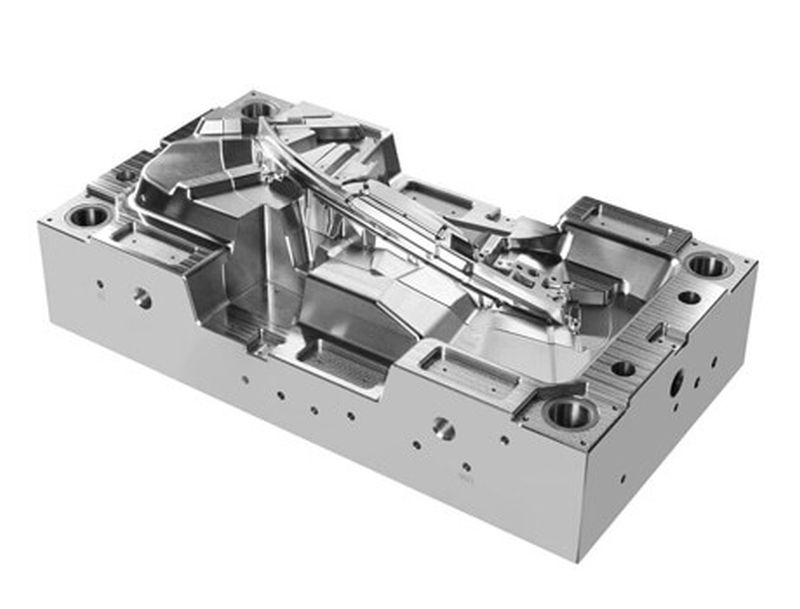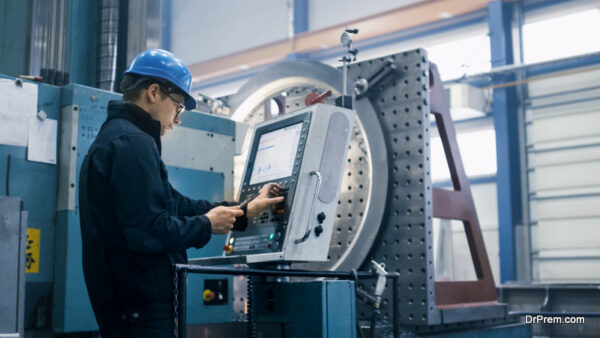Computer numerical control (CNC) machining is an increasingly popular option for manufacturers. With the global CNC machine market projected to hit $100.9 billion by 2025, it’s apparent that CNC’s cutting-edge benefits, such as its cost savings, precision, and timely performance delivery, are garnering more awareness.
Using instructions from computer programs, CNC machining uses advanced electro-mechanical tools to create extremely precise physical parts, thereby manufacturing more reliable and high-performing components.
Additionally, you can also use CNC machinery for rapid prototyping, which can speed up the process of realizing and exploring concepts, test and refine a concept, and quickly incorporate changes during the testing process.
If you’re considering CNC machining to design new products for your business, you need to have a comprehensive understanding of its designing practices and rules. Here’s what you need to know to design products using CNC machining.
What is CNC machining?

In layman terms, CNC machining uses sharp cutting tools to create parts from a solid material block. Every produced part’s design uses a CAD model that’s accurately replicated by the machine at rapid speeds.
CNC machining can cut parts from various plastics and metals and guarantee extraordinary accuracy and tight tolerance. Due to its speed and cost-efficiency, it is an excellent option for prototyping and medium to high volume productions.
Contrary to what many people think, CNC machining isn’t just used in large factories. They can also be used in small workshops to create any kind of product possible. These include signs, phone covers, wallets, gift boxes, jewelry, and keyholders.
Best Practices of Product Design Using CNC Machining
1. Selection of materials

CNC machining works with various plastics and metals, giving designers more flexibility in determining materials in terms of their chemical resistance, heat treatability, hardness, and other properties. However, it’s still important to note that some materials work better with CNC machining than others.
For instance, you’ll find that the entire process is quicker when you’re working with soft metals, such as aluminum, and plastics, thereby resulting in lower production costs. On the other hand, stronger materials like carbon or stainless steel would massively decrease your machine’s feed rate.
If the production process allows, you should opt for softer materials that will ultimately be less expensive and less time-consuming.
2. Tolerance level
Your CNC machining’s tolerance level can significantly differ according to your chosen materials, intended functions, and features. The tolerance should be loose to reduce manufacturing costs. For instance, a hole providing space for a bolt of a screw to pass through will have a greater tolerance than one that involves a specific axle’s exact location.
Your machine will be able to create holes more easily than parts that penetrate a material partially. Ideally, you should avoid blind holes, identify the minimum percentage of threading required, and minimize the length of threading in the holes.
Additionally, features such as thin walls can potentially disrupt the finished part. Apart from this, to create a successful design, you minimize geometries complicated for the machine to execute, such as blind holes with a higher diameter as they go down.
Hence, you should opt for tight tolerances only when it’s absolutely necessary since they increase overall machining costs. During the product design process, you should focus on how your chosen tolerance can impact cost efficiency.
3. Manage error resistance
During the design process, you should focus on fixtures and parts that would be impossible to fit incorrectly. Following this approach will ensure you’re reducing rejections and setup time both. One way to achieve this is by making symmetrical parts, thereby reducing the chances of error.
4. Complexity Level

The higher your parts’ complexity, the greater the time and setup your machine will need to process everything, thereby increasing your costs. Experienced manufacturers understand the implications of parts that can be cut with a minimal number of axes and will focus on the design phase. For instance, a part that can be cut with three axes will require much less processing time and a simpler setup, ensuring reduced costs without compromising overall performance.
Understandably, some products will require a more complex approach, ensuring you won’t be able to produce it with fewer axes cuts. However, if a designer prioritizes consistency, they can manage costs on complex parts. If you want to maximize efficiency, you should minimize the number of unique hopes and shapes in the parts, reducing the number of times you need to change tools.
Restrictions of CNC Machining
While CNC machining is quite versatile, it is restricted by its limitations. Every machine has a limited access range, making it impossible for some to create incompatible features and dimensions. This aspect can make it incredibly challenging for CNC machines to produce parts with extreme width to depth ratios.
Apart from this, CNC machining is also restricted by tool geometry. Since most CNC cutting tools are cylindrical and have restricted length, they can limit your machined parts’ potential geometry. It would help if you kept these limitations in mind during the product design process, ensuring that it’ll be possible for the intended product to be adequately manufactured without the need for substantial revisions.
Final Thoughts
It’s not easy creating products using CNC machinery, which requires industry experience and knowledge. Following the best practices of designing products using CNC machinery can help ensure minimal costs and high-quality products. By consulting an expert engineer, though, you can ensure a smoother product development process and swifter solutions.
Article Submitted By Community Writer




